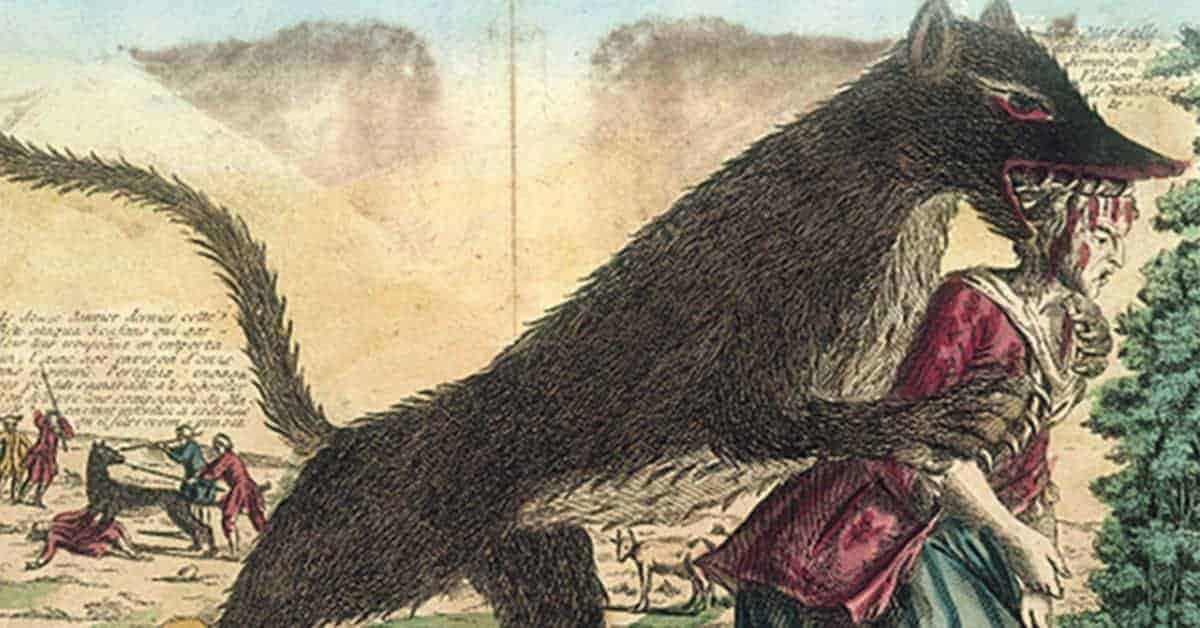A beast in 18th century France, a countryside backdrop and a fearful village all carry the normal components for a fairytale. In fact, one of Disney’s most recent revivals of The Beauty and the Beast contains these exact ingredients for a perfect concoction of magical allure to thrill audiences. However, singing candlesticks and other household objects are not a part of this dark tale. In the 18th century, a nightmare erupted for the citizens of Gévaudan.
Gévaudan is no stranger to a rich history. The County of Gévaudan (Comté de Gévaudan) dates back to the early Middle Ages and suffered through power struggles and religious wars since 1096. At the time, the historic regions of Gévaudan were rural areas, with rugged and mountainous landscapes of the Massif Central.
Nobody would assume a quaint countryside could be in the middle of such turmoil throughout its history. While the skirmishes for power tainted the region, it was not until 1764 that a new beast reared its head and struck terror in the hearts of the people of Gévaudan.
In the early summer of 1764, a young girl tended her cattle near the Mercoire forest. As she went about her usual rounds, a large mass emerged from the forest and ran straight toward her. Much to her relief, the bulls she was tending charged the Beast, scaring it away back into the forest after it tried to attack a second time. But the beast’s hunger drove it to another victim.

Shortly after its first attack, the Beast claimed its first official victim, Janne Boulet, a 14-year-old girl near the village of Les Hubacs near the town of Langogne. The young shepherdess’ body was found mutilated in late June, the very same day the first girl narrowly escaped the Beast’s jaws. Fatally wounded, she managed with her last breath to describe the attacker as ‘a horrible beast.’
The scene created a stir due to a similar pattern to the death of another young shepherd girl just a month prior. But these ideas were dismissed and the girl quickly buried.
Life in the region carried on; this seemed to be a normal wolf attack. Throughout the 18th to the 20th Century, wolf attacks were commonplace. It is noted that as early as 1450, wolves “invaded” Paris, creating an ecological catastrophe; thus ensued the centuries-long territorial struggle between man and wolf.
In European culture, the wolf represented the most dangerous of animals- easily killing flocks of animals. Many tales popped up throughout years of wolves attacking lone travelers here and there, most stories were popular for a moment, then dismissed. So when Boulet was killed by a wolf while alone outside, many believed it to be another rogue wolf. But soon, the town’s tune would change as the bodies began to pile up.

